Repetitive motion injuries are common for Dungeness crab harvesters
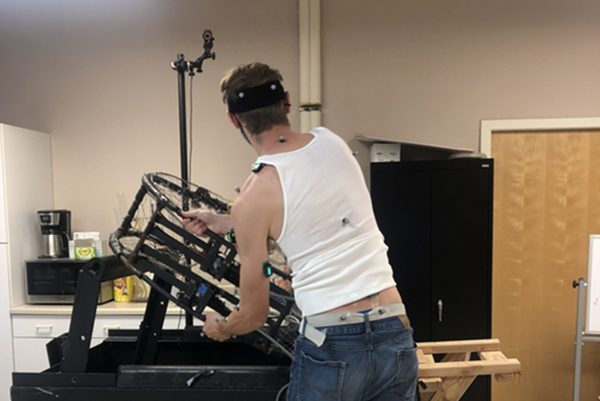
Dungeness crab fishermen are at high risk for injury, but having a metal bar to bang crab pots against as they harvest can help them prevent getting hurt, an Oregon State University (OSU) study found.
The study, which was published in Applied Ergonomics, sought to determine whether the fishermen-designed “banger bar” actually improves worker safety aboard crab vessels. The metal bar is installed atop the crab-sorting table and makes it easier for fishermen to empty the crab pots they haul up from the ocean floor, but there is no industry standard on whether crabbers install one or how they configure it.
It wasn’t feasible to record precise measurements on the deck of a commercial crab boat, so to capture fishermen’s movement, muscle exertion and injury potential, researchers recreated the deck setting within OSU’s Occupational Ergonomics and Biomechanics Laboratory.
The process of lifting and dumping crab pots puts fishermen at risk for repetitive motion injuries, said OSU associate professor Jay Kim, who leads the lab. The greater force they exert, the greater strain they put on their bodies.
“This was our very first attempt to quantify those injuries in this fishery using biomechanical measures,” Kim said.
For the study, the research team used electrodes and reflective markers placed on the participants’ bodies along with 3D motion-capture cameras and force plates in the lab to record muscle movement, force and torque data. They tested five conditions for the banger bar, simulating the variation observed on commercial crabbing vessels: no bar, a flat bar at three different heights and a triangular bar.
Participants had to tilt the crab pot and hit it against the bar or against the surface of the table, repeating the task three times for each of the five conditions, with rests in between. Their muscle activity data was then analyzed to determine which banger bar position required the least exertion.
Researchers found that the highest flat-bar setting and the triangular bar were the best for participants’ bodies, showing reduced strain on the shoulders and lower back, specifically the trapezius, deltoid and erector spinae muscles, compared with no bar or a low bar. The biceps and triceps also showed less strain with higher bar height.
While the participants were not fishermen, researchers had two commercial Dungeness crab fishermen and a fabricator verify the accuracy of the study setup and pot-handling methods prior to collecting data.
“Even though the crab pot was empty and lighter than typical in the field, we still observed significantly high muscle activity and joint moment,” said Kiana Kia, lead author on the study and a postdoctoral researcher in Kim’s lab. “We can say that the activity could be even higher in the field. This task is really demanding and can increase the risk of injury in the low back and shoulders.”
The work is also asymmetrical, placing a greater strain on one side of the body. For this reason, the researchers recommend that fishermen rotate tasks – though, Kincl noted, switching sides on the crab sorting table requires being trained on other tasks on the vessel.
The team is working on a follow-up study focused on how the height of the sorting table affects fishermen’s bodies. Future research will also look at the “block,” the crane mechanism that hauls crab pots up from the water, and how to minimize the risk of injury from pulling in the crab-pot line.
Follow the Advocate on Twitter @GSA_Advocate
Now that you've reached the end of the article ...
… please consider supporting GSA’s mission to advance responsible seafood practices through education, advocacy and third-party assurances. The Advocate aims to document the evolution of responsible seafood practices and share the expansive knowledge of our vast network of contributors.
By becoming a Global Seafood Alliance member, you’re ensuring that all of the pre-competitive work we do through member benefits, resources and events can continue. Individual membership costs just $50 a year.
Not a GSA member? Join us.
Author
Tagged With
Related Posts
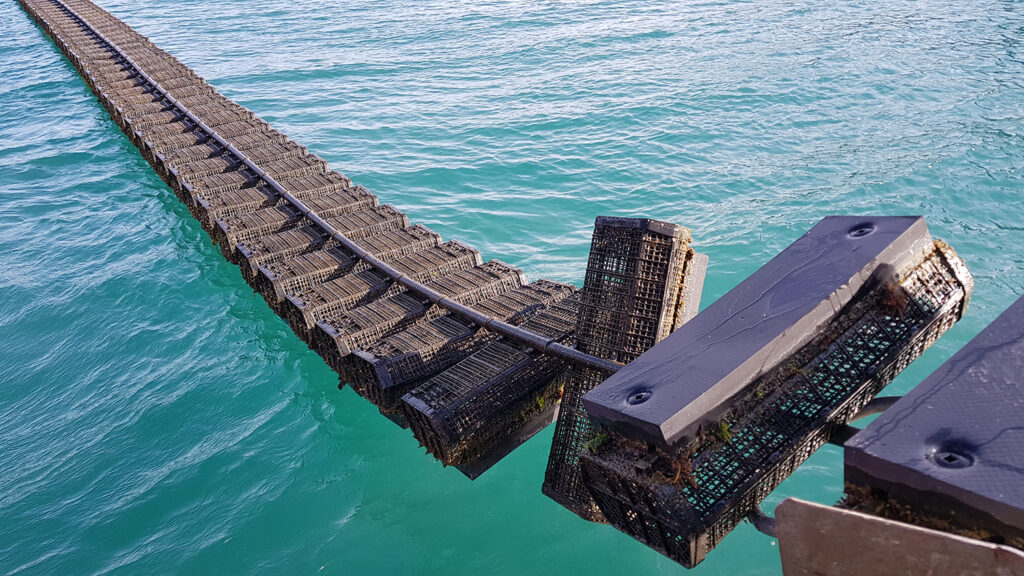
Innovation & Investment
Innovation Award 2021 finalist: FlipFarm
FlipFarm, a semi-automated oyster-growing system from New Zealand, is a finalist for GSA’s annual Global Aquaculture Innovation Award.
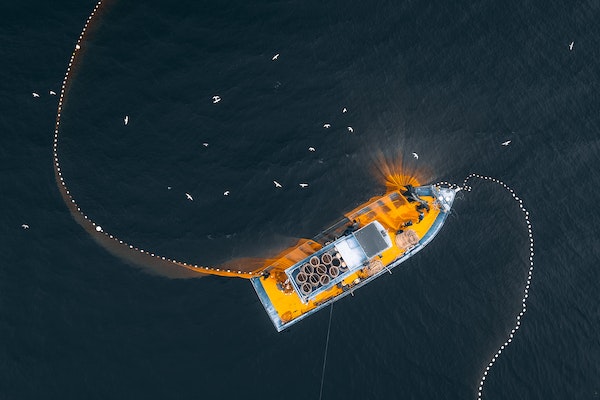
Fisheries
Study indicates that IUU fishing makes fishers’ jobs even more dangerous
Commercial fishing has long been one of the most dangerous jobs, and a new study suggests IUU fishing, overfishing and climate change are making it worse.
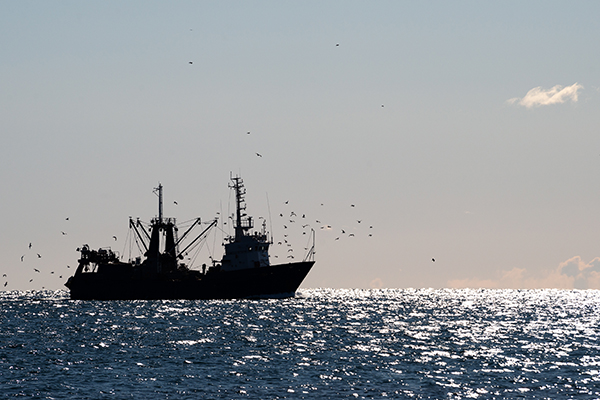
Fisheries
Stanford researchers launch IUU fishing and labor abuse risk tool
Stanford University-led research finds that more than 50 percent of assessed ports are associated with risk of labor abuse or IUU fishing.
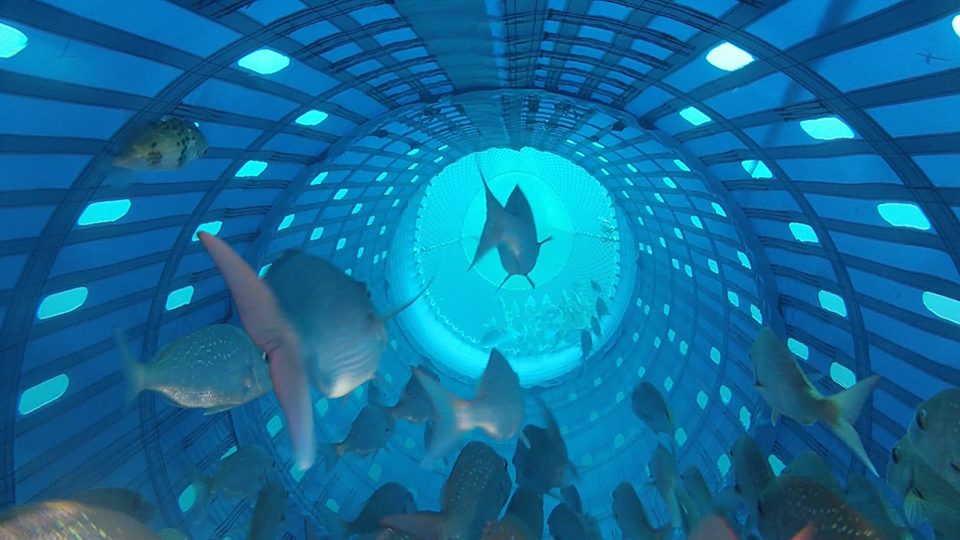
Fisheries
‘We were just looking for a way to fish better’: How one partnership is reinventing commercial fishing nets to reduce bycatch and improve animal welfare
Precision Seafood Harvesting’s novel reimagining of commercial fishing nets provides innovative solutions to both bycatch and animal welfare issues.



